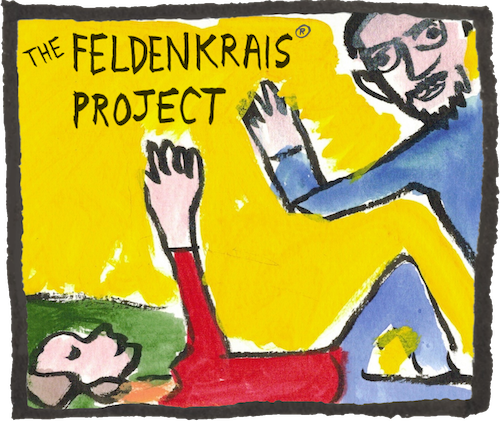Freeing the Neck with Crawling and Rolling (Patrons)
Front-lying, back-lying, transitioning. Improving integration of the head, neck, shoulders, and chest through explorations of crawling movements and improvisations toward rolling.
We offer over 50 free lessons, but this one's just for our Patron-level donors. You can learn about it in the free lesson notes and comments below, but to access the audio you’ll need to join The FP as a Patron. Learn more
Got a question for Nick, or a thought about this lesson?
Use the comments section below! Public comments build our community and help search engines find us.




Very interesting lesson. Two things I noticed- 1) when in the push-up position, I am easily able to relax my left shoulder and sort of drop it into the floor but I am not able to nearly as easily with my right shoulder. 2) one of the first times we have our knees bent, dangling above; when you ask us to bring our elbow and knees together, I can again do this pretty well on the left side but not the right. I’d say mostly due to limitations in the right hip. Do you have any lessons that expand on those two different movements?
For both issues, it may be helpful to work gently with some of our “folding” (flexion) lessons, allowing the two sides to be asymmetrical and following each hip and shoulder on its own terms. Use our Search and Sort All Lessons page in the menu for “folding” or to browse through the collections.
When I stood I felt enormous in a very good and powerful way. Unexpected. Delightful.